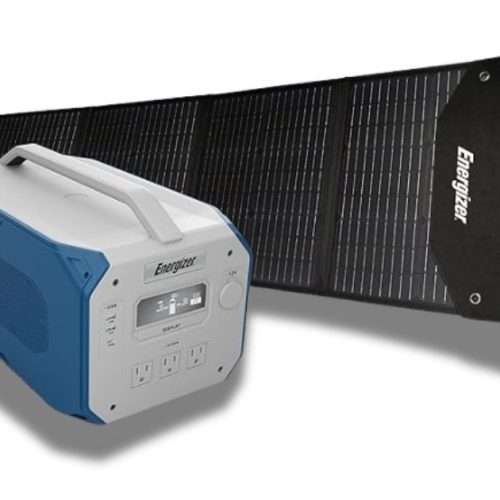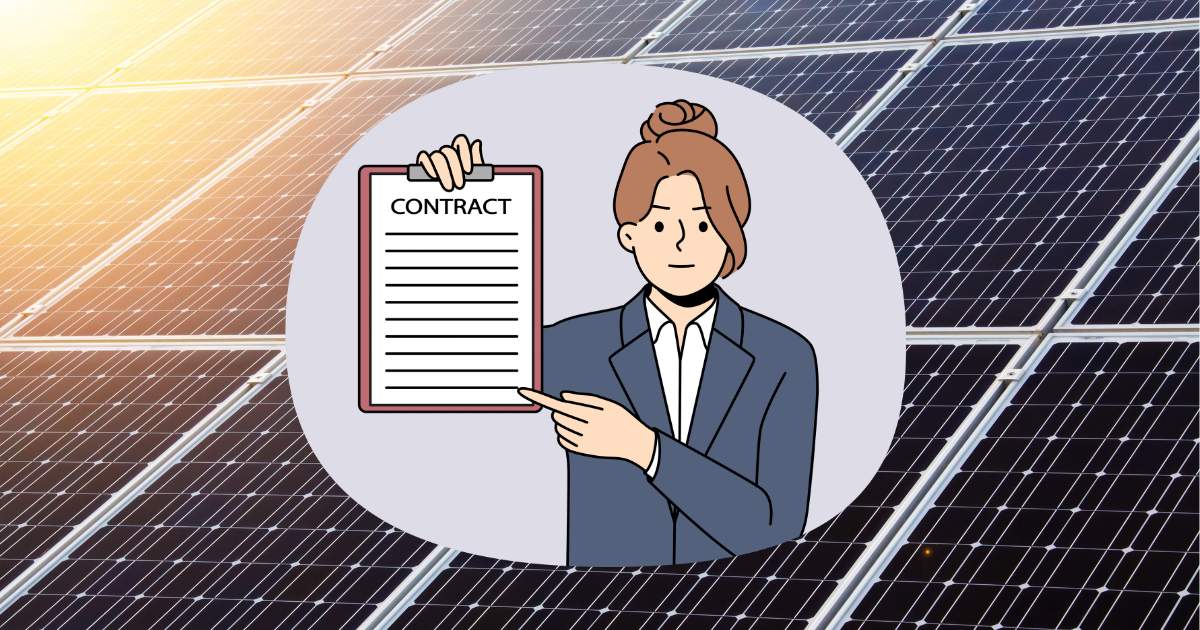In recent years, solar energy has emerged as a sustainable and cost-effective solution for powering homes and businesses. Central to any solar power system is the inverter, which converts the DC electricity generated by solar panels into usable AC electricity. Among the various types available, the 3000-watt inverter stands out for its versatility and efficiency. But how many solar panels are required to maximize its potential? How many solar panels for 3000 watt inverter? Let’s discuss this important question in depth.

EG4 All-In-One Solar System: 3000W Inverter
EG4 All-in-One Solar System is a powerful and convenient solution for harnessing solar energy. It is a 3000W inverter, providing a reliable power supply for various applications. This system is ideal for those looking to streamline their solar setup with a single, efficient unit.
How Many Solar Panels for 3000 Watt Inverter?
To determine the number of solar panels needed for a 3000 watt inverter, consider the power output of each panel and the average sunlight hours in your location. For example, if you use 300W panels and get an average of 5 maximum sunlight hours per day, you will need about 10 panels (3000W / 300W = 10 panels). Adjustments may be required based on panel efficiency and weather conditions.
3000 Watt Sine Wave Inverter
A 3000 watt sine wave inverter is essential for converting DC power from solar panels to AC power, which is used by most home appliances. Pure sine wave inverters are preferred for their ability to produce clean, stable power, ensuring the safe operation of sensitive electronics and extending the life of your devices.
Solar Generator 3kW
A solar generator with a 3kW capacity can provide enough power for off-grid living or emergency backup. It combines solar panels, a charge controller, batteries, and an inverter into a single, portable unit. This setup is perfect for those who need a reliable and efficient power source without the hassle of complicated installation.
An EG4 all-in-one solar system with a 3000W inverter is a versatile and powerful choice for solar energy enthusiasts. By understanding how many solar panels a 3000 watt sine wave inverter needs and the benefits, you can optimize your solar power system for maximum efficiency. A 3kW solar generator further enhances your energy independence, providing a reliable power solution for a variety of applications.

Capacity of a 3000-watt Inverter
- A 3000-watt inverter, also known as a 3kW inverter, can handle up to 3000 watts of AC power output.
- This capacity makes it suitable for powering a range of appliances and devices in residential and small commercial settings.
Solar Panel Requirements
- The number of solar panels needed for a 3000-watt inverter depends on several factors, including the wattage of the panels, their efficiency, geographical location, and energy consumption patterns
- On average, a 3000-watt inverter can handle approximately 12 to 18 solar panels with a standard wattage of 250 to 350 watts each.
- To calculate the exact number of panels required, it’s essential to consider the inverter’s input voltage and the solar panels‘ voltage and current ratings.
Input Voltage of a 3000-Watt Inverter
- Most 3000-watt inverters operate at a nominal input voltage of 24 volts or 48 volts, although some models may vary.
- The input voltage determines the compatibility of the inverter with solar panels and battery systems.
Matching Solar Panel Specifications
- When selecting solar panels for a 3000-watt inverter, it’s crucial to ensure compatibility in terms of voltage and current.
- Panels should be wired in series or parallel configurations to match the inverter’s input voltage and maximize energy production.
Optimizing Performance and Efficiency
- To maximize the performance of a 3000-watt inverter, consider using high-efficiency solar panels and optimizing their orientation and tilt angle to capture maximum sunlight throughout the day.
- Additionally, incorporating a battery storage system can enhance energy independence and provide backup power during periods of low sunlight or grid outages.
Longevity and Maintenance
- A well-maintained 3000-watt inverter can last upwards of 10 to 15 years, depending on usage and environmental factors.
- Regular maintenance, including cleaning solar panels, checking for shading, and monitoring system performance, is essential for ensuring optimal efficiency and longevity.
Applications of a 3000-watt Inverter
- A 3000-watt inverter is suitable for powering a wide range of residential and commercial appliances, including refrigerators, air conditioners, lighting systems, and electronics.
- It can also support small-scale off-grid or grid-tied solar power systems, providing energy independence and potential cost savings.
determining the number of solar panels needed for a 3000-watt inverter requires careful consideration of various factors, including inverter specifications, solar panel characteristics, and energy requirements. By selecting the right combination of components and optimizing system performance, homeowners and businesses can harness the full potential of solar energy to meet their power needs efficiently and sustainably.

Calculating Solar Panel Requirements
Harnessing solar energy through photovoltaic panels has become increasingly popular as a sustainable and cost-effective way to power homes and businesses. However, determining the number of solar panels needed for your specific energy needs can be a daunting task. In this guide, we will help you make an informed decision for your solar energy system and learn the process of calculating solar panel requirements.
Understanding the Basics of Solar Panels
Before calculating solar panel calculations, it is necessary to understand some basic concepts related to solar panels:
Solar Panel Wattage: Solar panels are rated based on their power output, measured in watts (W). This rating indicates how much electricity the panel can produce under standard test conditions.
Efficiency: Solar panel efficiency refers to how efficiently the panel converts sunlight into electricity. High-efficiency panels can generate more electricity for the same amount of sunlight.
Time of Sunlight: The amount of sunlight your location receives plays an important role in determining the energy output of your solar panels. Areas with more sunlight generally generate more electricity.
Factors Affecting Solar Panel Requirements
Several factors affect the number of solar panels needed for your solar power system:
Energy Consumption: Calculate your average daily energy consumption in kilowatt-hours (kWh). Consider both your current energy use and future growth.
Sunlight Availability: Determine the average sunlight hours in your location throughout the year. This information will help you estimate the energy consumption of your solar panels.
Panel efficiency: Choose solar panels with an appropriate efficiency rating based on your energy needs and available space for installation.
System Losses: Accounts for energy losses due to factors such as shading, temperature variations, and system inefficiencies.
Calculating Solar Panel Requirements
To determine the number of solar panels needed for your system, follow these steps:
- Estimate daily energy consumption: Calculate your average daily energy consumption in kWh.
- Determine the hours of sunlight: Research the average hours of sunlight in your location to estimate daily energy production.
- Calculate required panel capacity: Divide your daily energy consumption by the average daily energy production per panel to get the total capacity of the panels.
- Consider panel efficiency: Adjust the total capacity of the panels based on the efficiency of the selected solar panel.
For Example
If your daily energy consumption is 30 kWh and each panel produces 5 kWh per day, you will need 6 panels (30 kWh ÷ 5 kWh/panel = 6 panels).
Tips for optimizing solar panel performance
Maximize the efficiency and longevity of your solar energy system with these tips:
- Proper Installation: Make sure your solar panels are properly installed and positioned to receive maximum sunlight exposure throughout the day.
- Regular maintenance: Keep your solar panels clean and free of debris to optimize energy production.
- Monitor Performance: Use the monitoring system to track the performance of your solar panels and identify any problems immediately.
- Consider energy storage: Invest in battery storage to store excess energy generated by your solar panels for use during low sunlight.
Calculating solar panel requirements is an important step in designing an efficient and effective solar energy system for your home or business. By considering factors such as energy consumption, sunlight availability, and panel efficiency, you can determine the optimal number of solar panels needed to meet your energy needs.
Additionally, following best practices for installation, maintenance, and monitoring will ensure that your solar energy system will operate at peak performance for years to come. Embracing solar energy not only reduces your carbon footprint but also provides long-term savings and energy independence.









